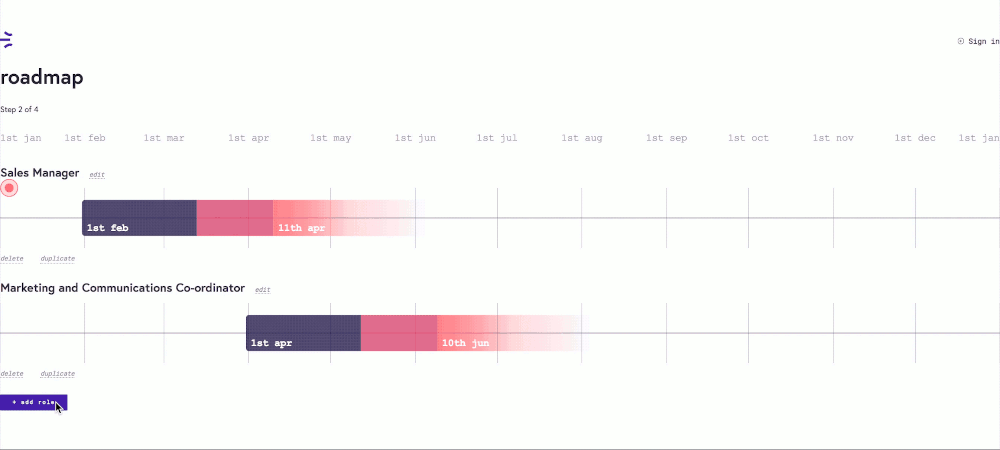How To Ensure You’re Never Left Understaffed Again
TLDR: Utilise an outbound recruitment approach with consistent, targeted outreach so you’re always connected to the market.

*Puts hand up*
Look, it’s happened to the best of us and if it’s happened to you personally, you know how quickly morale drops and that it’s only a matter of time before other people start to leave. But to ensure you don’t put your team in that position this year, we’re here to help.
The answer lies within the quality of your hiring roadmap. It’s the foundation for successful hiring.
It’s the key to unlocking proactive hiring. Utilising an outbound recruitment approach with consistent, targeted outreach, you’ll always be connected to the candidate market so when you suffer attrition or increased workload, you’ll never be under resourced again.
If your company’s hiring roadmap is sitting in a folder somewhere deep in the interwebs (and you haven’t visited it for a while) or if you’re not sure how to build one, we’ve got some tips to help out.
Plan.
Can’t build anything without a plan. You want to keep this light because people are unpredictable and things always change.
Rather than planning what individual roles you assume specific departments will need over the year and setting that in concrete, take a holistic approach instead.
Start by identifying the skill shortages that have notoriously caused issues in the past as well as in the current state. Then figure out what level of experience you need in those skill sets and get a rough idea of how many roles you will need to hire for. Lockdown your budget and lock it all in.
You can use Excel but the only problem is that it often gets lost and never to be seen again.
We suggest that if you do use Excel, you set reminders for yourself to check-in and review where the organisation is every quarter. We weren’t particularly inspired by the options available so we built our own tool.

If you’d like to use it for yourself (don’t worry it’s free), just sign up for an account and get mapping!
Job descriptions.
Make sure you spend some time prepping the job descriptions of the roles before you go to market. You don’t need to write war and peace but define the skills and level of experience so you have a JD ready to go when you need to start hiring.
Go to market.
This is a crucial step in successful outbound recruitment. In a reactive hiring culture, you only start to hire when there is pain. With a very small percentage of the workforce available at that very moment, both the turnaround time and quality of candidates are heavily impacted.
You can try reducing your time to hire by paying a premium for job ads, craft a creative job advert and spend hours filtering through resumes with the hopes that there is a suitable candidate in that pile of applications.
Alternatively, you can visit your hiring roadmap and put in a few minutes a day on your talent pipeline so when the business is ready to hire, you’re already well prepared to do so.
Outbound recruitment ensures you have access to the best talent available by building those relationships early on. It’s all about the small, consistent efforts that you put in initially that really count for when things ramp up and you need to hire.
So when do you start building up a talent pool?
As soon as you’ve done the previous two steps! The earlier you start building your talent pools the better. Think about how are you going to find these candidates.
Do you do all the sourcing yourself? Will you promote internally? Seek referrals? Leverage your talent pools? Advertise on a job board? Or use sourcing tools? A little bit of everything?
Whatever you decide to do, don’t underestimate the time it takes to source quality candidates and craft genuine outreach.